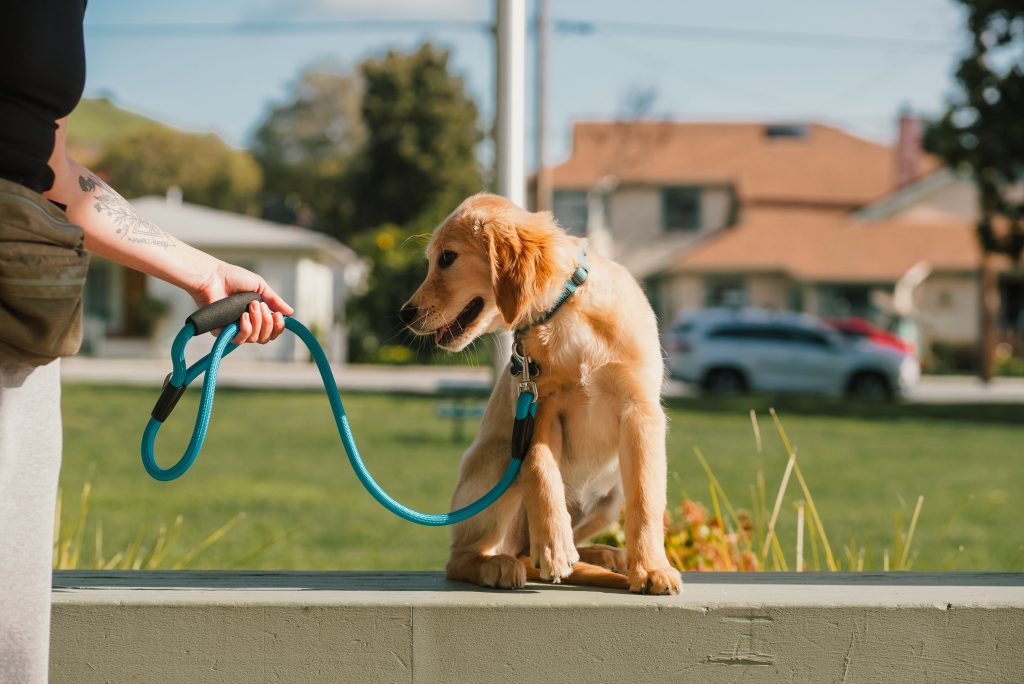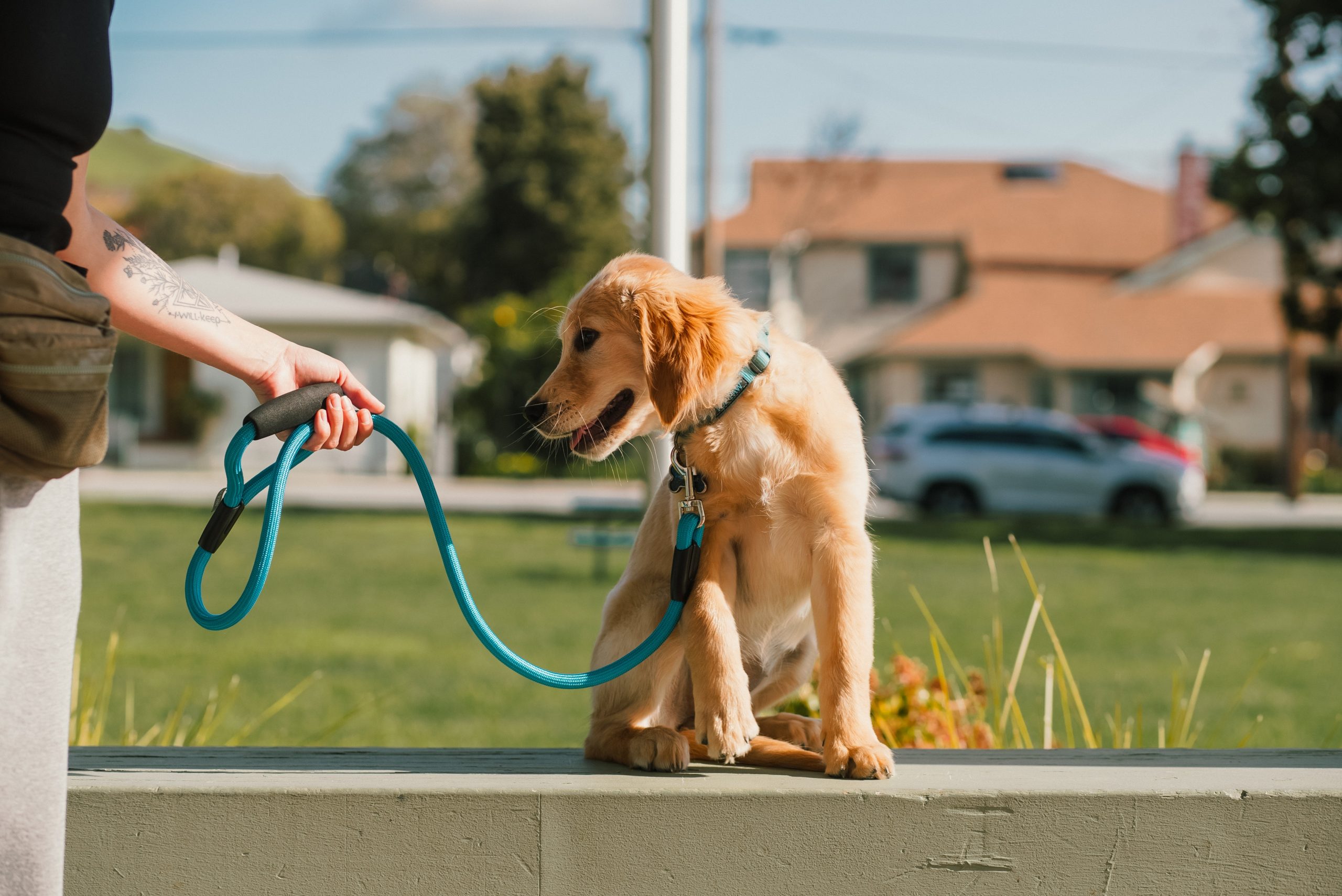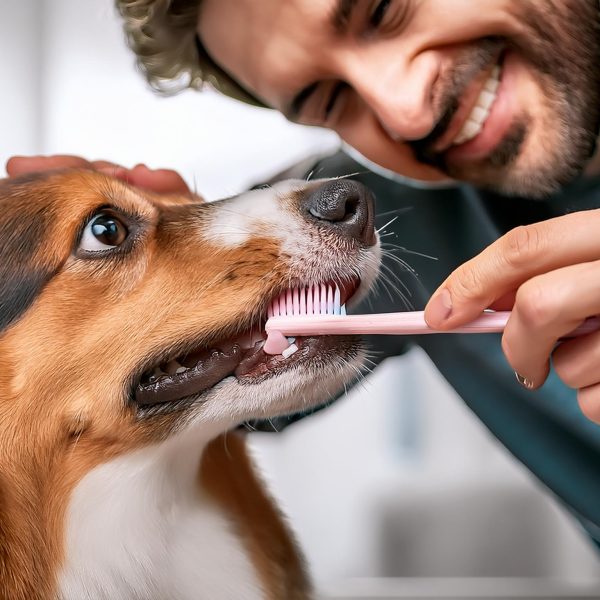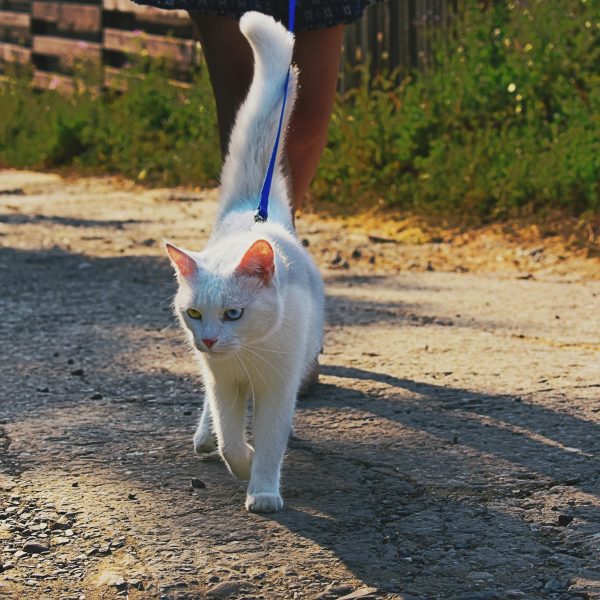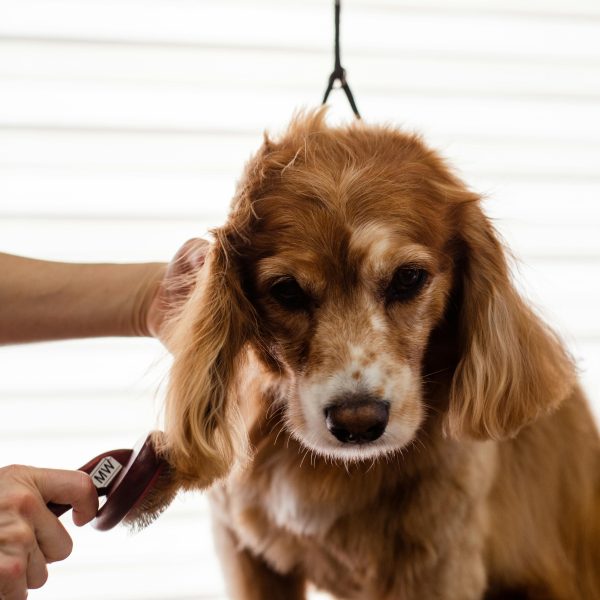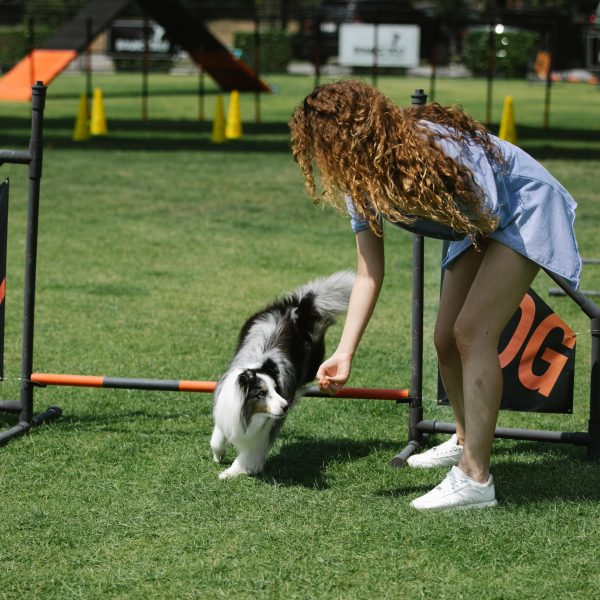The connection we share with our canine companions is truly special. Something we treasure. Dogs have earned their place as companions offering us unwavering love and friendship. To ensure a relationship with our four-legged pals, it’s crucial to dedicate time and effort to their training. Among the aspects of training, leash training and recall are skills that not only enhance a dog’s obedience but also prioritize their safety and well-being.
Leash Training; Guiding Your Pooch Confidently
Leash training is a skill that every dog owner should focus on. It involves teaching your furry friend to walk obediently on a leash without pulling, lunging, or displaying unpredictable behavior. This not only makes walks more enjoyable but also ensures the safety of both you and your dog.
The process of leash training requires patience, consistency, and positive reinforcement. It starts with selecting the right leash and collar that are comfortable for your dog’s size and breed. Alternatively, a fitting harness can be a choice, especially for dogs prone to respiratory issues.
Training sessions should begin in a controlled environment with distractions minimized. To start leash training your dog, you should get them accustomed to the feeling of wearing a leash by attaching it indoors and letting them explore. It’s essential to use reinforcement techniques during this process, such as treats and praise. As your dog becomes more comfortable, gradually progress to walks in an enclosed area or your yard, rewarding them for walking beside you without pulling.
Consistency is crucial when training on a leash. Avoid sudden changes in direction or tugging, as these actions can confuse and distress your dog. Instead, encourage them to stay by your side using treats or toys. Over time, you can increase the difficulty by taking walks in environments with more distractions. Remember to remain patient and persistent throughout the training journey, celebrating achievements along the way.
Recall Training; Building Trust and Safety
Recall training plays a significant role in establishing trust and ensuring the safety of your dog. Having a reliable recall command allows you to bring your dog back to you promptly, preventing hazards like getting lost or chasing after other animals.
Building a strong recall starts by creating positive associations with responding to their name and coming back when called. Begin practicing in a setting with controlled distractions, using an upbeat tone while calling their name and rewarding them when they come back to you. Utilizing treats, toys, and praise can be highly effective in motivating your dog during the training phase.
Once your dog starts responding to their name, you can introduce a recall command like “come” or “here.” Make sure to use an enthusiastic tone when giving the command. Gradually increase the distance between you and your dog during training sessions while still using rewards and praise. It’s crucial to ensure that coming to you is always a positive experience for them.
One important thing to avoid is associating the recall command with negative experiences. Even if it takes them some time, never scold your dog when they finally come to you after being called. Doing so might discourage them from coming in the future. Instead, reward them generously for returning, reinforcing the idea that coming back to you is a positive action.
Creating a Strong Connection
Leash training and recall training go beyond mere obedience. They lay the foundation for a deep bond between you and your dog. When done correctly, these training techniques demonstrate your leadership skills and provide a sense of security for your furry friend. They learn to trust your guidance, while you learn how to understand and communicate with them better.
It’s essential to remember that every dog is unique, so training timelines may vary. Some dogs may learn these skills quickly, while others may take more time. It’s important to be patient, provide consistent reinforcement, and maintain a structured training routine. Additionally, regular exercise and mental stimulation play a crucial role in having a well-behaved and happy dog.
In conclusion, leash training and recall training are two skills that every dog owner should prioritize. Not only do they contribute to having a well-behaved dog in public places, but they also ensure your dog’s safety and provide you with peace of mind. Through these training processes, you’re not just teaching your dog to follow commands; you’re building a relationship based on trust, respect, and love. Remember that training is a commitment that requires dedication. The rewards of having a well-trained and bonded canine companion are beyond measure.

